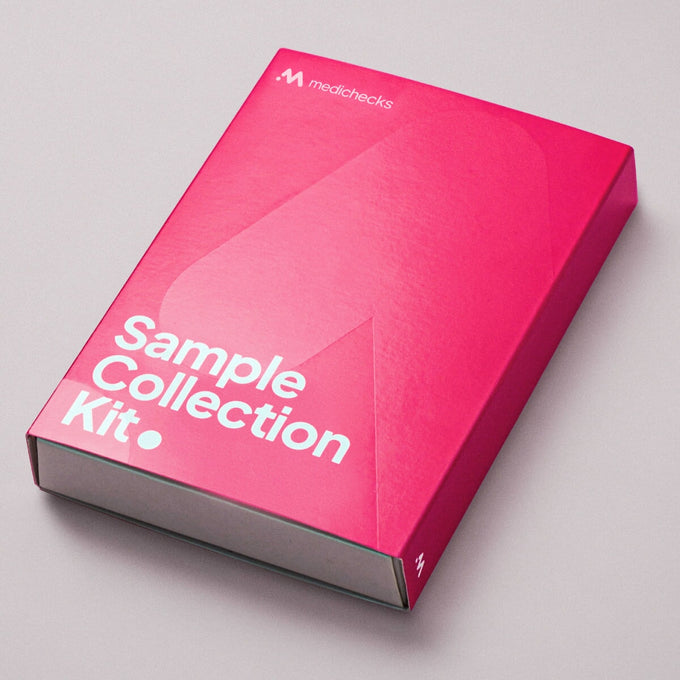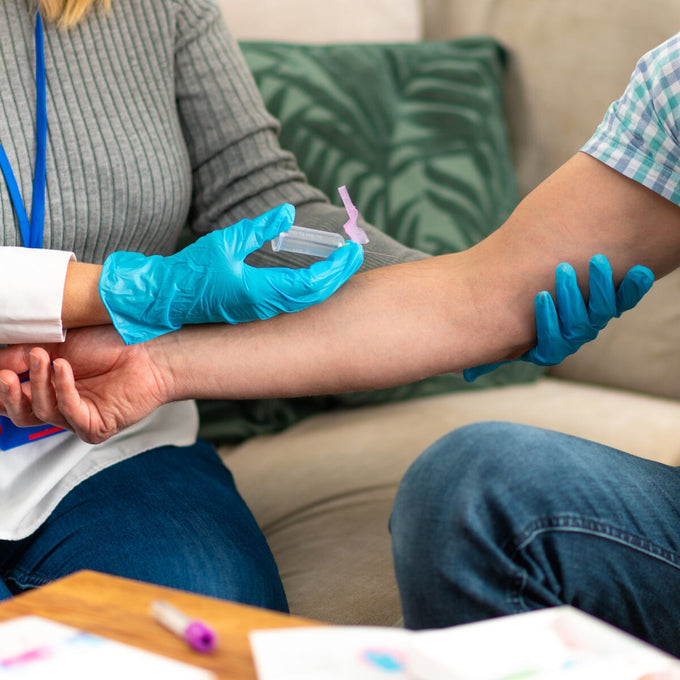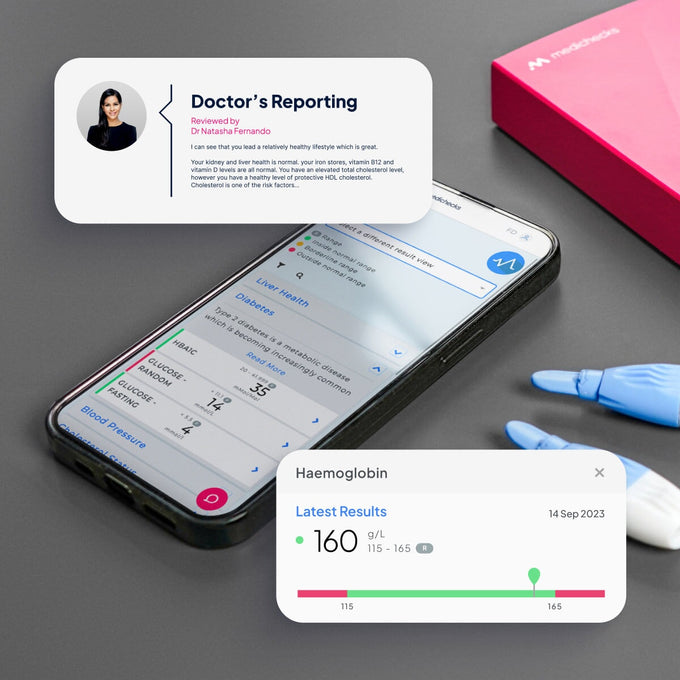Advanced Diet and Lifestyle Blood Test, from our experts to you.
Dr Sam Rodgers MBBS, MRCGPChief Medical Officer

Who is this test for?
Our advanced profile is ideal if you want to be proactive about your health and gain insights into how your changes to your lifestyle can influence your internal health.
What can I learn from this test?
You can learn more about your liver and kidney function, cholesterol and diabetes status. As we've built on our Diet and Lifestyle Blood Test, you'll also check your cortisol for stress management and magnesium for athletic performance and recovery.
How do I see my results?
Your results will be displayed on your online dashboard, making it simple for you to track the impact of any changes you make over time.
What's Included?
How to prepare for your test
Special Instructions
Prepare for your Advanced Diet and Lifestyle Blood Test by following these instructions. Please take your sample before 10am. Avoid heavy exercise for 48 hours beforehand. Avoid fatty foods for eight hours before your test, you do not need to fast. Hormonal contraception can affect this test, taking a break from this and using barrier contraception will give more accurate results. Corticosteroid medication can affect this test, ask your doctor whether to stop before testing. You should take this test before you take any medication or vitamin/mineral supplements. Do not take biotin supplements for two days before this test, discuss this with your doctor if it is prescribed. Do not take vitamin B12 for two weeks prior to this test. If your B12 is prescribed ask your doctor whether to stop.




